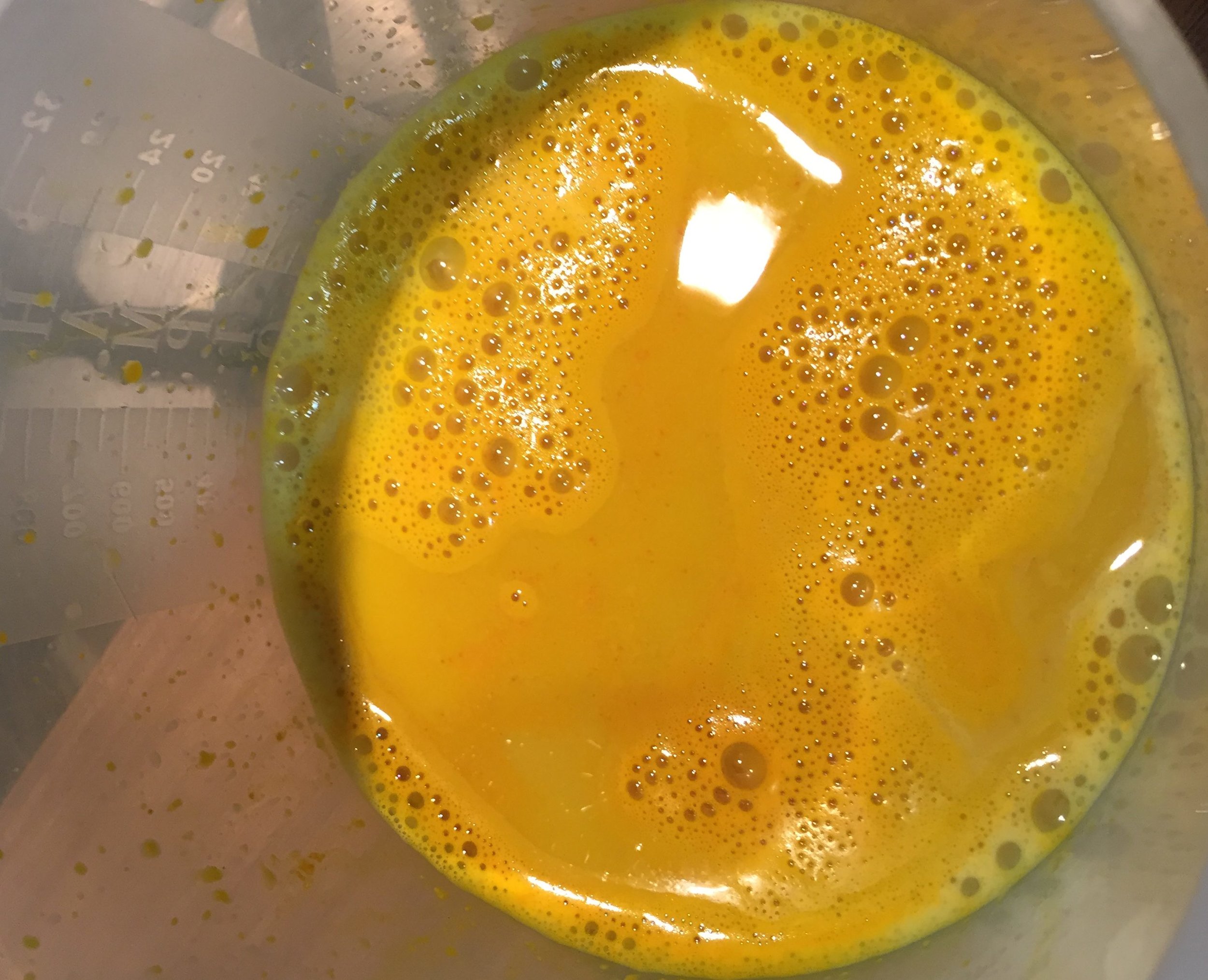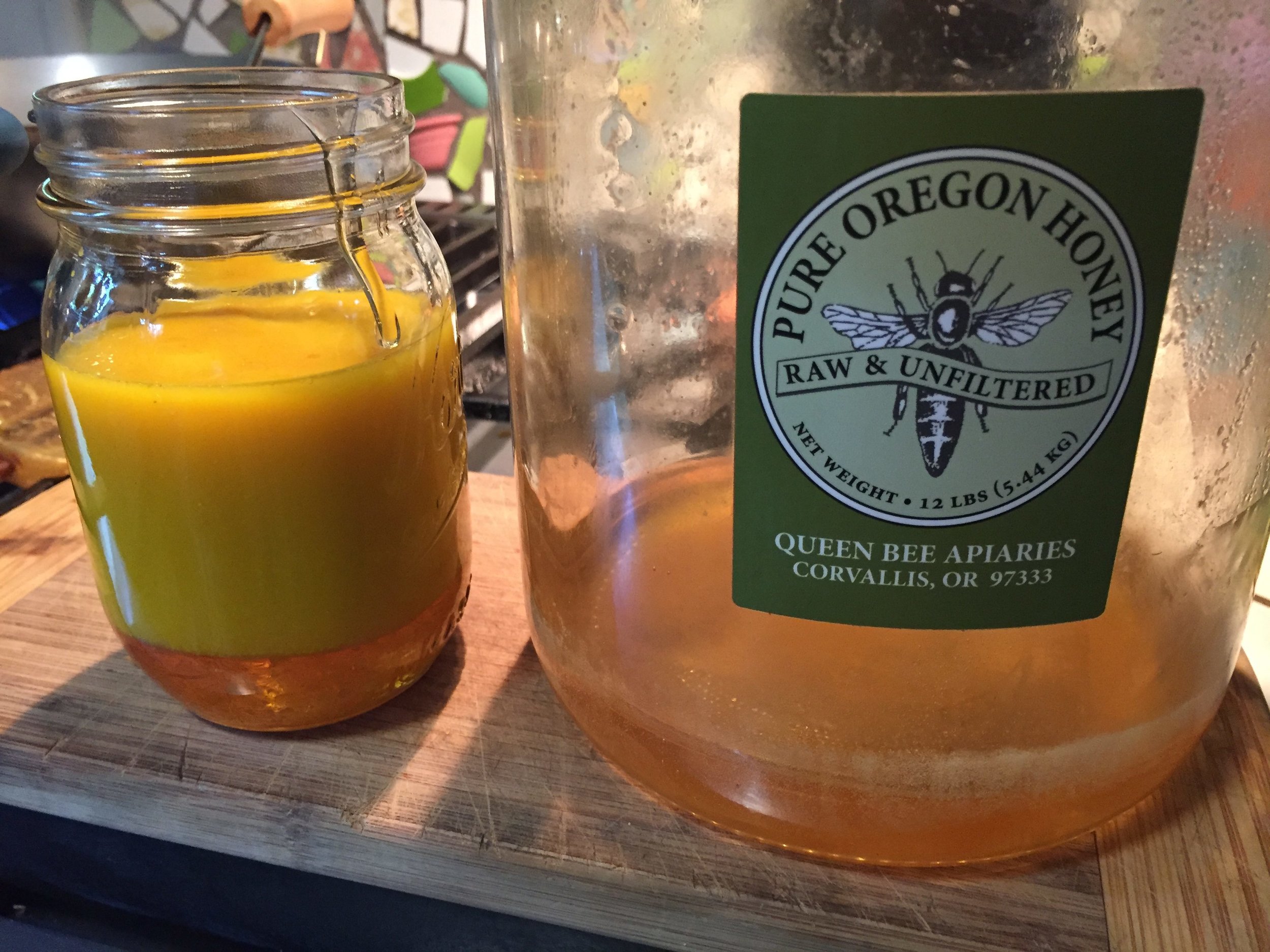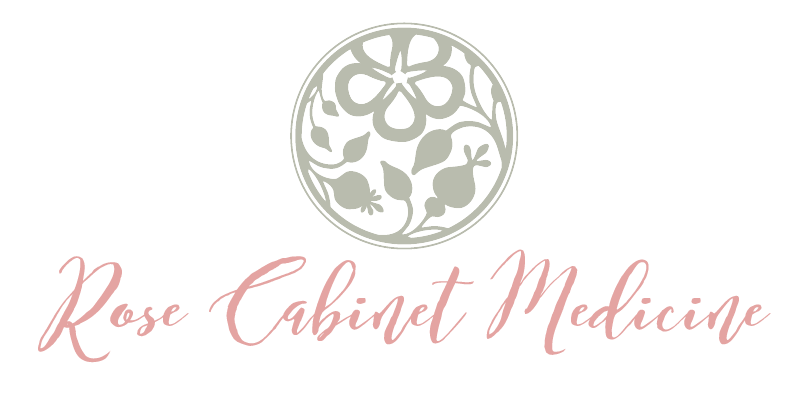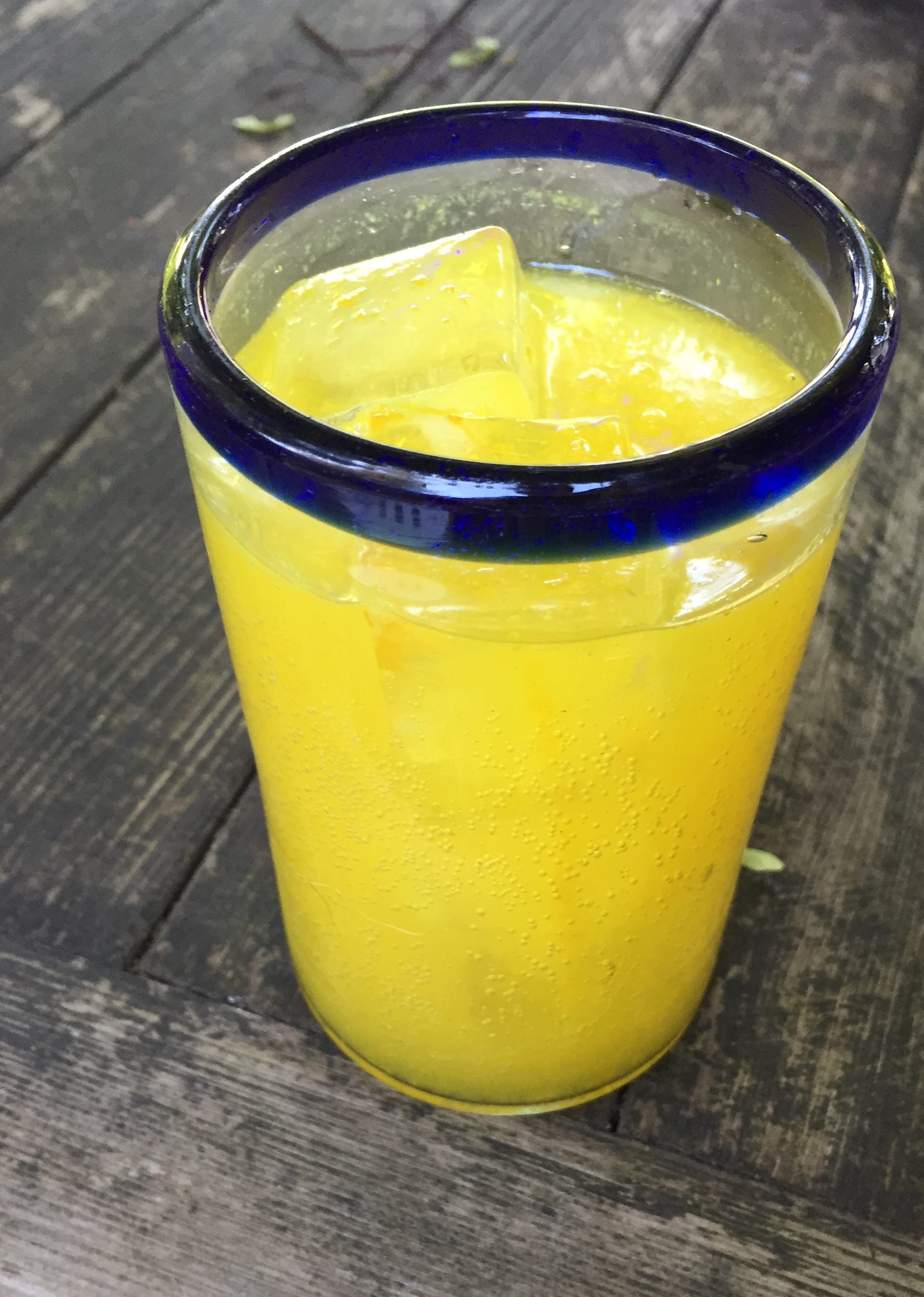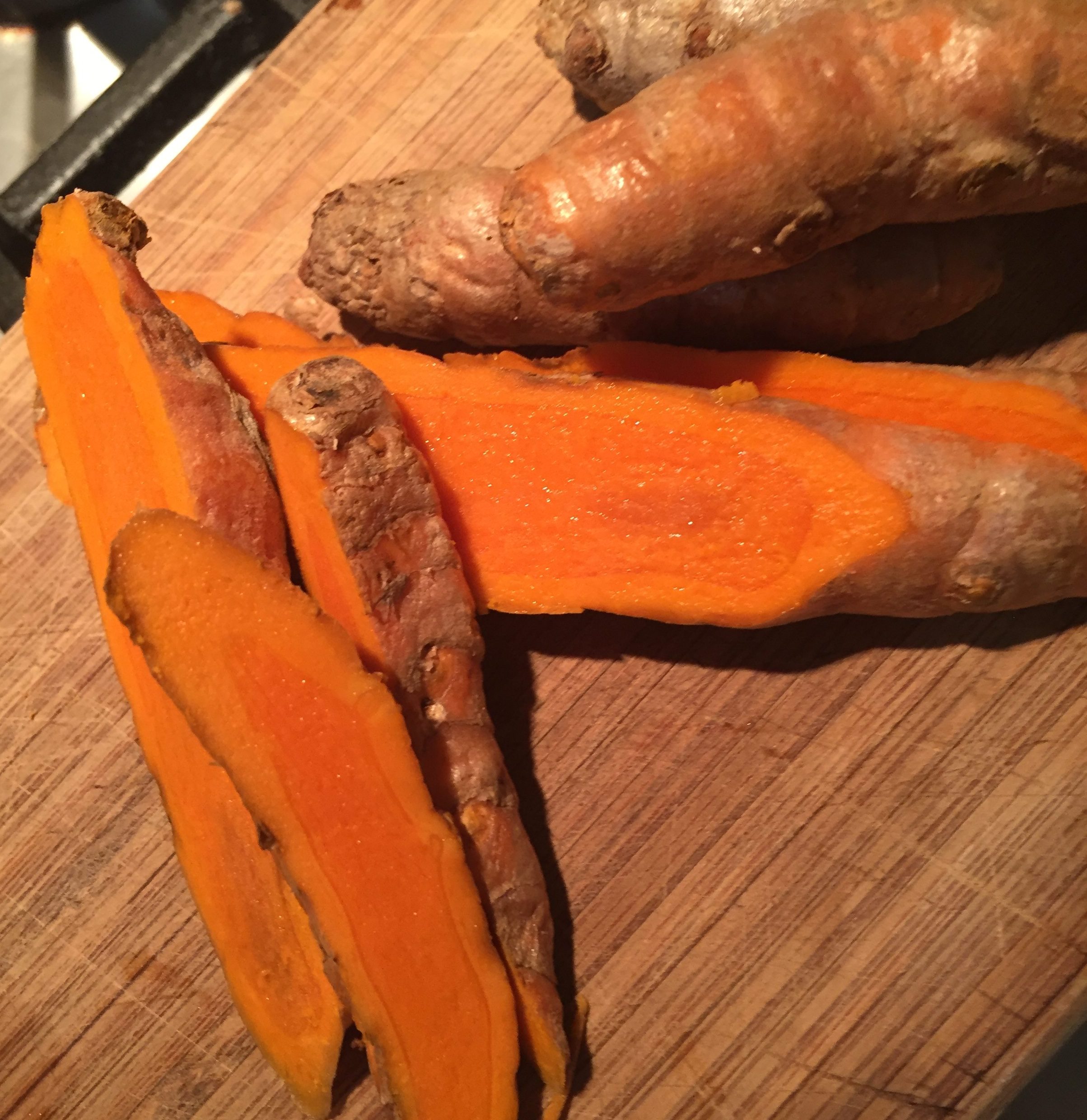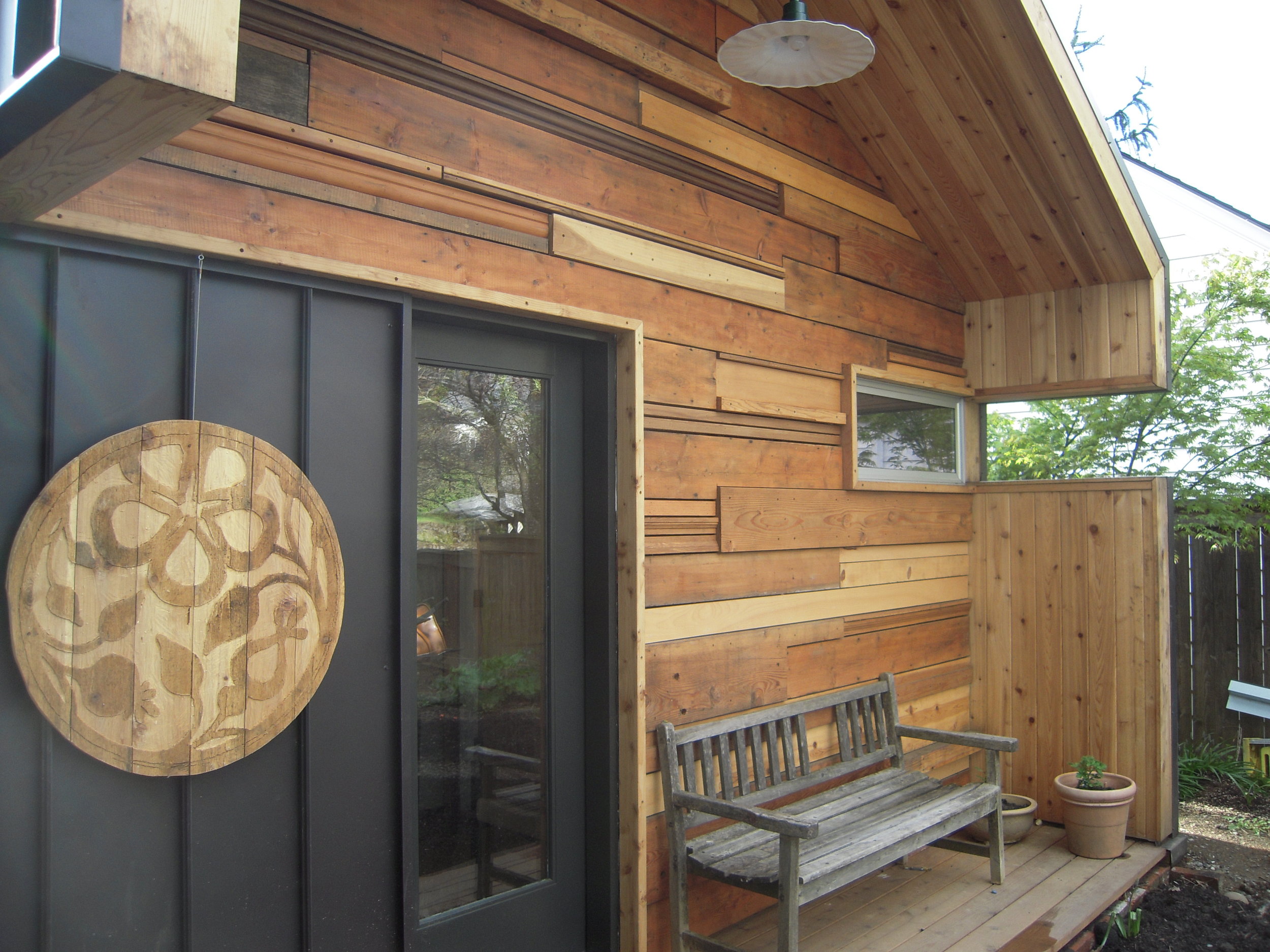
Why Neurofeedback? By guest blogger Austin Rose
Do you ever feel like who you are limits who you could be? Have you ever felt negative thinking influences how you live your life? Political theorist William Connelly describes the activity in our brains when he says, “to think is to move something. And to modify a set of brain/body connections helps to draw a habit, a disposition to judgement, or a capacity of action into being.” In other words, thinking creates patterns of thought which become actions and ultimately form habits. These patterns create a framework, or reference, for the things we can think and do. As we think, we can modify or strengthen these patterns, in turn making our thought processes more flexible or rigid. These patterns of thought are deeply rooted in ourselves and the multitude of experiences we encounter throughout our lives. They can be very difficult to change. We do not have much control over how these patterns are created as we live our lives. Our brains are organs of survival. Bombarded with so much stimulation day in and day out we can often feel lost and powerless to change our thoughts, reactions and habits. However, contrary to what scientists previously believed, new research in neuroscience is finding that the brain is malleable. This is referred to as “neural plasticity.” It turns out that we have the capacities to establish new patterns of thought, rework old manners of thinking and unleash previously hidden potential.
Neurofeedback (brainwave biofeedback) is a therapy which capitalizes on this plasticity of the brain. Neurofeedback as a therapy has been shown to be useful in treating ADD, ADHD, anxiety, insomnia, depression, anger, traumatic brain injuries, and chronic migraines. It has also been shown to increase performance in athletes, and can enhance energy and brain functioning in healthy individuals.
Neurofeedback is a treatment to aid our brain in deciding which pathways it should strengthen and which to modify. A metaphor I return to frequently when thinking about neurofeedback comes from Grant Rudolph, who describes it as, “a rainstorm blowing dead leaves and branches out of a tree – the living branches stay connected and new growth accelerates.” By sending weak electrical signals to our brain (feedback), signals which are weaker than those emitted by a watch battery and are akin to micro-voltage in the brain itself, neurofeedback stimulates increased neural flexibility. The brain decides which pathways are useful (healthy branches) and which pathways are limiting us in our current experience (dead leaves). With increasing neural flexibility, we experience more space, or thinking power, to develop new habits and growth in our brains.
My Experience with Neurofeedback
A little over a year ago I stumbled across LENS (stands for Low Energy Neurofeedback System) neurofeedback thanks to Dr. Louise Rose who suggested I might find similarities between it and the political theory that I was immersed in at Marlboro College. I also have a history of head injuries. As an active young man I throw my head around a lot and sometimes it hits things.
My first neurofeedback treatments found me with considerably more energy and creativity. I was able to utilize this new energy for my thesis work at school and my procrastination dissolved. I also experienced my hand-eye coordination increase dramatically, becoming three to four times what it used to be. After several treatments my senses were working at a much higher level than before. It was as if a dial had been turned up heightening my perception. Not only was I perceiving more, I felt the need to share these perceptions with the world. I began to make music, write poetry, have long engaging conversations, and I even began to start on my school work…before school even started. I felt great and wanted to share it with others.
Back in Vermont during the fall term I felt these effects begin to wear off. My motivation declined as school picked up momentum and creating began to feel like a chore. I found things I enjoyed writing about but felt like what I wanted to say was no longer important to me or had already been said. Where was the heightened energy and creativity that I had felt in August? I was still feeling heightened awareness of my surroundings but found myself falling back into old patterns of thought.
When I returned to Portland for winter vacation I jumped at the opportunity for more neurofeedback. However after the treatments I felt little to no change in my body or mind, although my brain map did look considerably different from the previous one. I didn’t really think too much about it as there were many other things on my plate. I was distracted and wasn’t surprised when I didn’t feel anything new.
When I settled back in at school, I began to think about why neurofeedback had worked so well for me in the summer yet not after my winter treatments. Also, why did other members of my family not see the same results I had? Soon I realized the major difference lay in my meditation practice.
When I first started neurofeedback I concurrently began to meditate using Dr. Les Fehmi’s Open Focus meditations. Open Focus works to increase ones awareness of the body and it’s surroundings. Open Focus meditation is a practice designed by Dr. Fehmi a pioneer of neurofeedback technology, and is similar to some eastern meditation practices. As I returned to regular Open Focus practice, I found many of the effects I felt from neurofeedback begin to return. At first I wondered if what I had felt originally were only the effects of Open Focus. However as my practice matured, I began to see parallels between the two and how one strengthened the other.
If neurofeedback works by “blowing dead leaves and branches out of a tree (the mind), leaving the living ones and encouraging new growth,” then the question becomes, what can I do to stimulate this new growth alongside my neurofeedback treatment. By merely continuing through my daily routines after neurofeedback, I was not moving my brain to think in new ways. Though I may have begun to see some changes in my habitual thought patterns, without the support of the active retraining of meditation, these thoughts seemed not to have long lasting effects. Caught in my routines, I was still thinking in habitual patterns that were consequently reinforced. My hypothesis is that If we push our minds to experience new things, we will create new frameworks of thought and capitalize on the neural plasticity provided by neurofeedback. Since we do not know the myriad of ways wecould feel, being open to new experiences gives us the opportunity to develop these new frameworks. This is how I see the flexibility resulting from neurofeedback combined with Open Focus practice; an increased ability to immerse myself in my own body and it’s surroundings, while distancing myself from unhealthy deep neural patterns that my emotional baggage has created. Since I began to practice meditation concurrent with my neurofeedback treatments, I have seen incredible leaps forward in my thinking, and productive changes in my brain maps produced by the LENS Neurofeedback software. While in my experience, meditating dramatically increased the effects of neurofeedback treatment, Dr. Rose has many patients who have benefited by neurofeedback alone. In my experience, when attempting to move my brain in new ways, the catalyst to long lasting effects of neurofeedback lies in an openness to new experiences. If, after a treatment you feel inclined to clean out a closet, or begin your memoirs, don’t hesitate, act on it. If you do not feel many changes after a couple appointments, think about how you can stimulate changes in your routine. This could be as simple as brushing your teeth with your non-dominant hand, shaving in a new pattern than before, or taking up a meditation practice. Also, if changes are not immediate after treatment, do not be dissuaded. Sometimes the brain is stuck in very rigid habits requiring time for neurofeedback treatment to gently rock it out of these patterns. By being open to new experience, we stimulate the growth of living, strong and flexible branches in our minds and bring a new capacity of action into being. -By Austin Rose
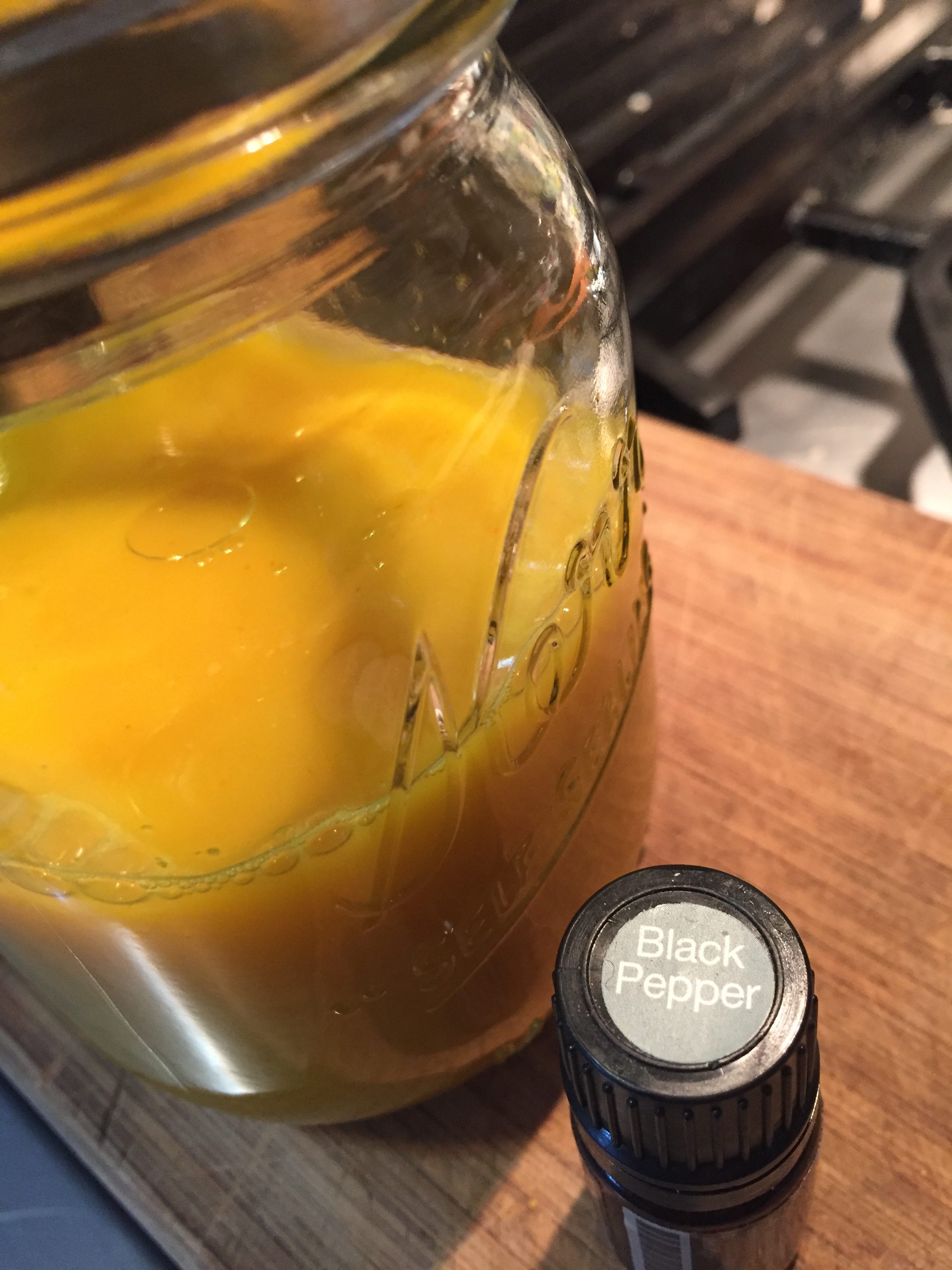 If you want to purchase black pepper oil you can do that here.
If you want to purchase black pepper oil you can do that here.  Ginger is a natural companion to turmeric. Very anti-inflammatory itself, it also helps with digestion, has anticancer benefits too. Ginger has been shown to reduce migraine pain and menstrual cramps. This is powerful kitchen medicine! A switchel is an old fashioned beverage using apple cider vinegar with some sort of sweetener- commonly honey, maple syrup, or molasses. I will be experimenting with using a xylitol simple syrup to reduce the glycemic impact of the switchel. However, the amount of honey used in this recipe is relatively small, and the switchel is diluted with still or sparkling water, so the sugar content is much lower than most commercially available sodas and drinks.
Ginger is a natural companion to turmeric. Very anti-inflammatory itself, it also helps with digestion, has anticancer benefits too. Ginger has been shown to reduce migraine pain and menstrual cramps. This is powerful kitchen medicine! A switchel is an old fashioned beverage using apple cider vinegar with some sort of sweetener- commonly honey, maple syrup, or molasses. I will be experimenting with using a xylitol simple syrup to reduce the glycemic impact of the switchel. However, the amount of honey used in this recipe is relatively small, and the switchel is diluted with still or sparkling water, so the sugar content is much lower than most commercially available sodas and drinks.